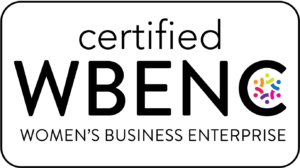
Creating Paths Through Ethnography.
In August, we attended the EPIC conference, an international gathering on ethnography and design in business. EPIC promotes the use of ethnographic research and its principles in creating direct connections between businesses and the consumers they serve. The theme was “pathmaking” and how creating links between ideas and people is at the core of innovation and understanding consumers.
Recently, some ethnographers have expressed feeling encroached upon as designers have taken ethnography and research – often terming it “design research” or “design thinking” – and made it their own. Here at Fusion Hill, we think a bit differently. We see the value of creating paths amongst ourselves as a team to tell the whole story and express it in a way that allows our work to reach every one of our audience’s senses. Bringing these consumers to life via rich imagery, expressive language and key insights combined – that’s when the real magic happens.
It’s easy to talk about the value of ethnography in business. There are clear benefits in developing a rich understanding of consumers’ lives and needs in order to design and create solutions. But to blaze these trails, create these paths, form these connections, we as researchers/designers/strategists need to connect with each other.
Bryony Wilson – presenter of “When ‘Design Thinkers’ Prototype: Through an Anthropologist’s Eyes”– really brought this point to life when she said, “While we do have different tools, we’re all playing in the same sandbox.” Indeed, it is the celebration of this unity, as we create paths in the sandbox together, that we loved most about EPIC.
Our team found two additional areas of human-centric innovation coming out of collaborations between research and design particularly interesting as well:
- Prototyping: Bryony Wilson presented on how prototyping can be used to engage participants in concept testing by allowing them to more naturally interact with the product on a personal and physical level.
- Performance: AnneMarie Dorland, from the University of Calgary, described how designers can “perform” their findings by observing their target audience and then physically performing the actions they observed.
We think this trend toward a more integrated approach among us pathmakers is the way of the future. What do you think? Join the conversation.
September 16, 2016 | Culture





